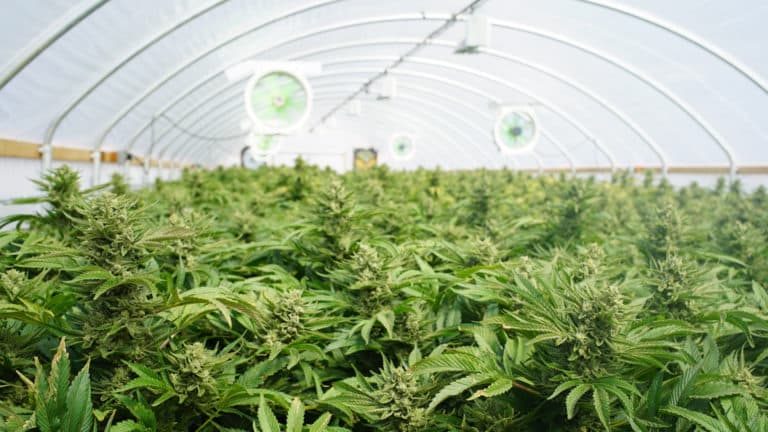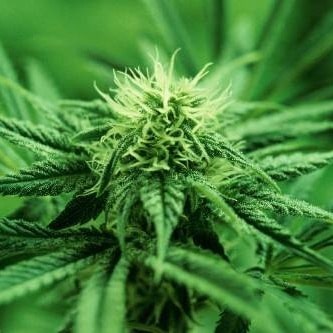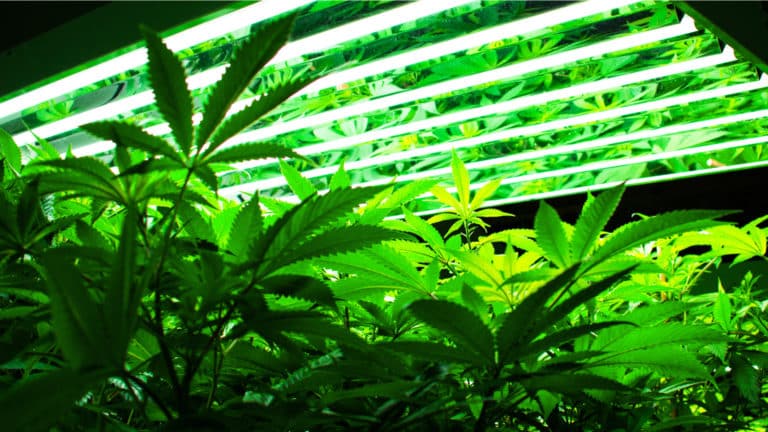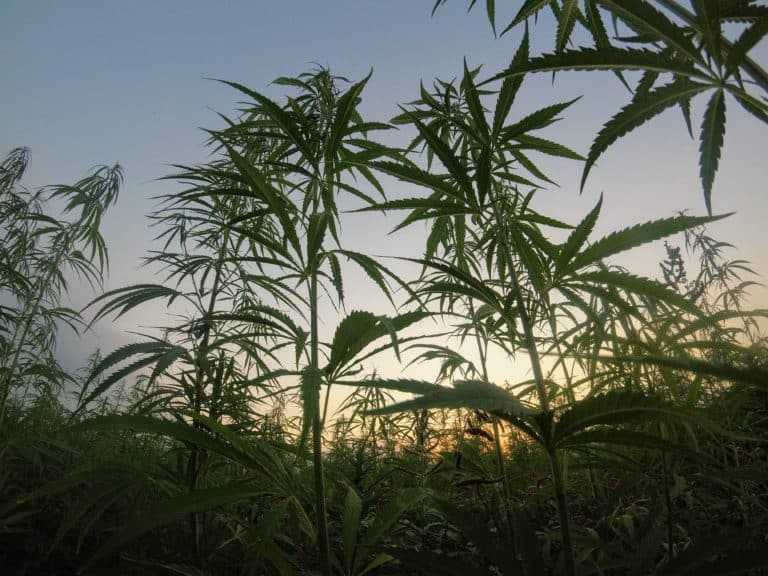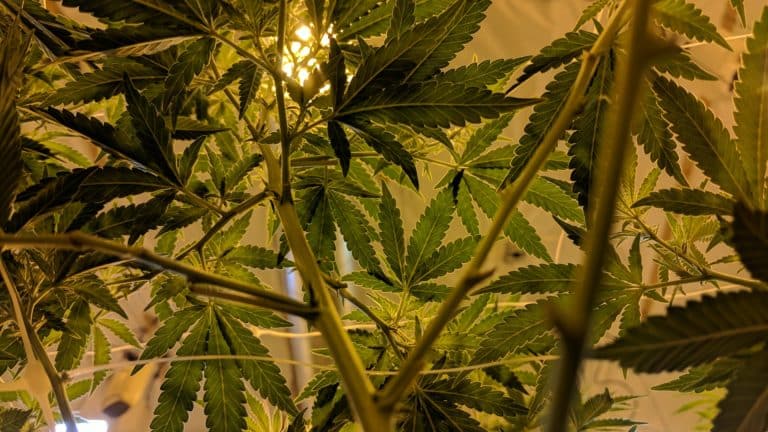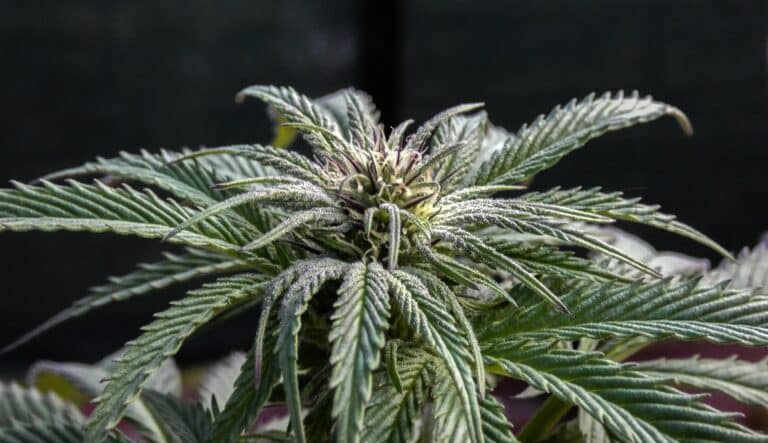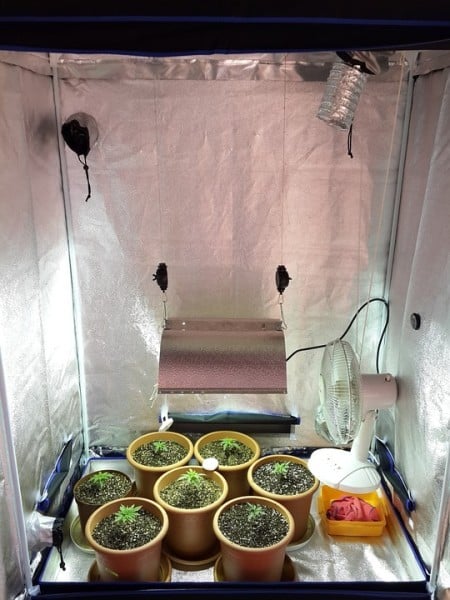
If you are an indoor gardener you will need to take into consideration a few tips on choosing the perfect indoor grow tent. Learn more about the benefits of having one and how to pick the right one for you.
Why do you need an indoor grow tent?
It is affordable and easy
The first step to growing cannabis is to pick a grow room for your plants. Setting up an indoor grow tent is much quicker and convenient since there are some tents which come in a package with lighting, ventilation, air filtration and hydroponic systems.
Tents also come suitable for fitting fans and are typically light proof and waterproof.
Boosts photosynthesis
The “walls” of a grow tent allow for your plants to get plenty of high-quality light exposure from every angle. The tents are “light proof”, so you can also control the light-tight factor during the ‘dark period’ of your plant growth.
Controls the growing environment
Controlling temperature, humidity and light are of great importance when it comes to growing marijuana, and it is easier to manage those factors in a growing tent.
Also, when you apply fertilizers to your plants, the odor won’t be affecting your indoor air.
What size do you need?
Think about your space, the type and number of plants
Depending on your plans, think of what may be the right size for your tent. If you are planning to grow a few small plants, you can afford to buy a tent which only needs for you to reach inside.
If you are focusing on growing a bigger amount, you will need to be able to work around the plants and watch closely every single one, therefore you will need something which will allow you to move comfortably inside.
Think of the grown plants’ height
You will need some ceiling space since your plants will most probably grow in height. You can look for an adjustable unit which can be deployed upward.
General guidelines for mature plants
- 2 ft. x 2 ft. – 1-2 mature or 4 small plants
- 5 ft. x 2.5 ft. – 2 mature or 6 small plants
- 4 ft. x 2 ft. – 3 mature or 8 small plants
- 4 ft. x 4 ft. – 4 mature or 16 small plants
- 5 ft. x 5 ft. – 6 mature or 20 small plants
What to take into consideration when setting your first tent
There are a few things you should ask yourself before choosing the perfect grow tent. Keep in mind that your tent should be able to accomodate a fan, store tools and supplies and make sure you don’t have large electrical appliances connected to the same circuit as your tent.
Set Up Your Tent
Before you start, make sure you have dedicated a time period to setting up your tent.
Clear your space
It will be best to clean the place where you are planning to put your tent and to pick one that will be rather permanent- it will be much harder to move your tent once you have set it up.
Hang your grow light
Once you’ve made your decision on what grow light you will use, it is time to hang it. The easiest and cheapest way is by using rope hatchets. They also allow adjusting your lights up or down in a fast and easy way. Just to be on the safe side, make sure they can handle twice the amount of the light.
Hang you fan
Air circulation is important for the growth of your plants, so you will most probably need a fan. It is best to hang it inside the tent to avoid the noise of the fan running on the outside. You can again use rope hatchets or a nylon rope.
Hang Carbon Filter
If you decide to play it safe and cover the trace of all potential smells outside the tent, you can use carbon filter and again, hang it inside with a rope ratchet. You can connect it directly to your fan or in the back of the tent so it wouldn’t be in the way but remember – there must be an air-tight line from the carbon filter to the fan in order to prevent smells outside the tent.
Final Check
Turn on the fan and observe whether the sides of the tent bow inward slightly. This is what you aim at and it means that the fan creates negative air pressure, therefore no smells will leak outside the tent.
Go outside the place where your tent is situated a couple of times per day to check for noticeable noises, smells or suspicious lighting.
Look into the tent and make sure all the electronics are off the ground in case of a water spill. You can even give the tent a slight shake to see if everything is fastened and if there is a possibility of something falling down from the ropes.
Author Bio:Luis Rivera has 20+ years of experience in global market expansion, business development, mergers and acquisitions, business re-engineering, finance and investor relations of software companies. He is passionate about technology, spectral science, indoor farming, food production, automation, and more. Since 2015 he is the president ofAdvanced LED Lights, a leading LED grow lights manufacturer based in Hiwasse, Arkansas. When not at work, Luis enjoys swimming, yoga, as well as growing grapes and flowers in Sonoma, California.


